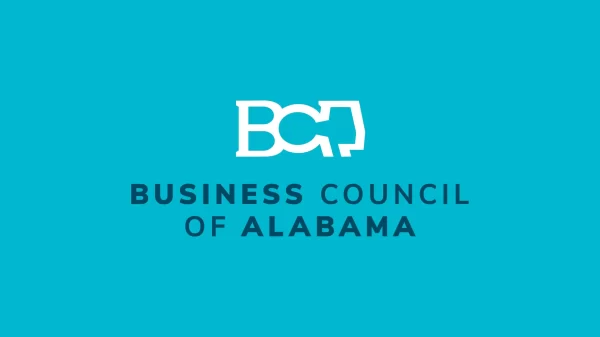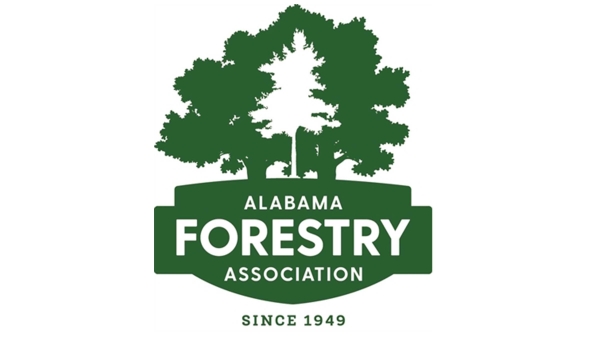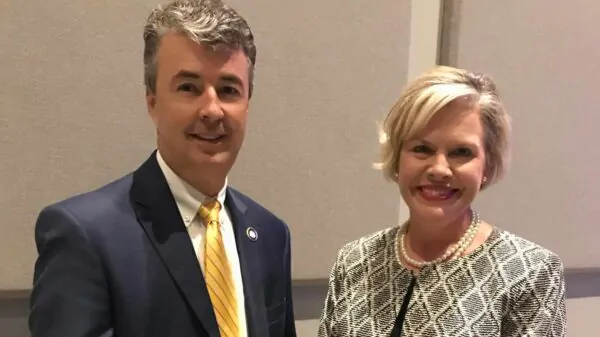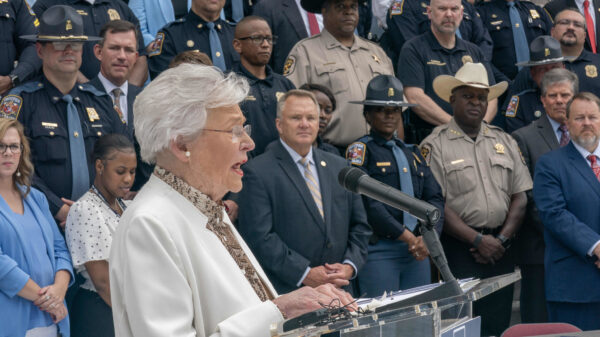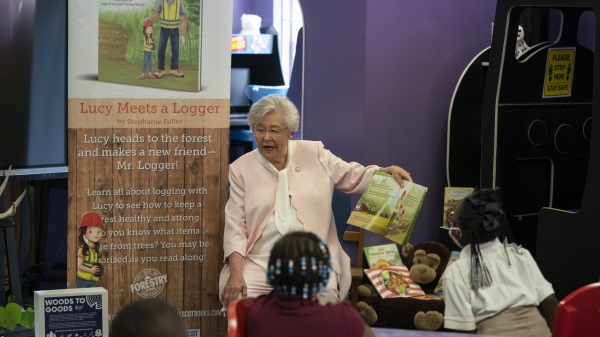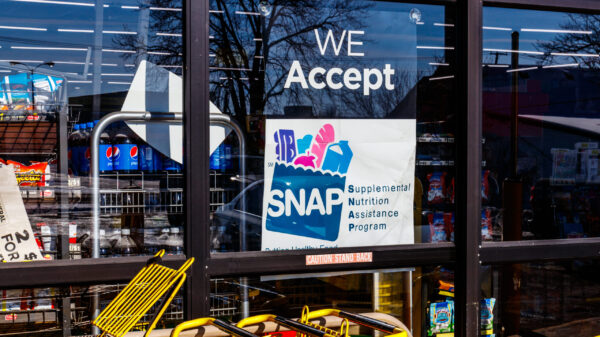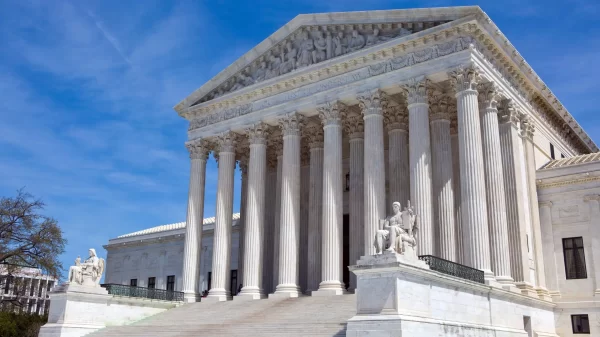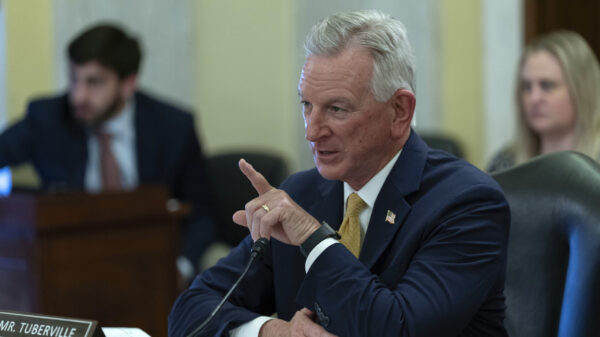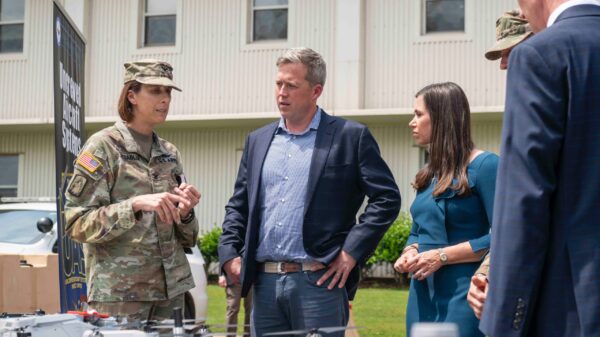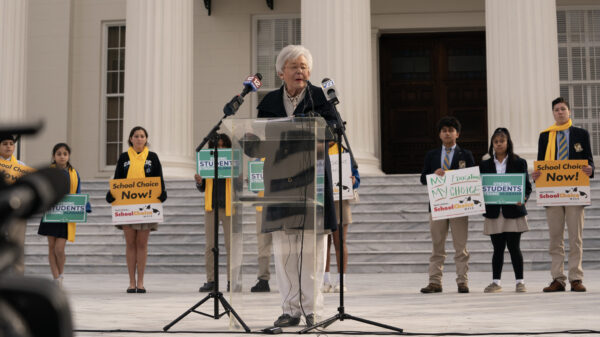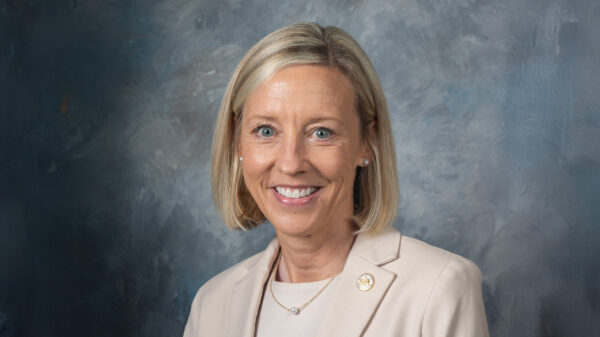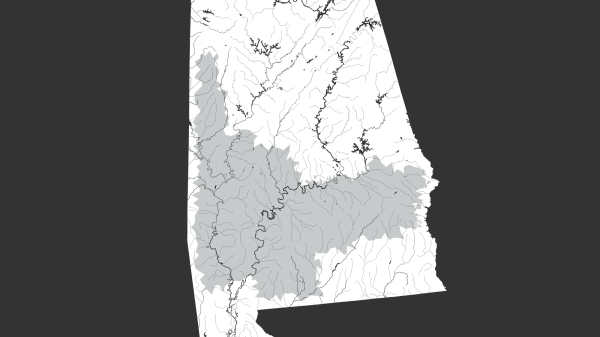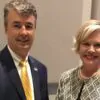By Brandon Moseley
Alabama Political Reproter
According to a press release by the U.S. Fish and Wildlife Service (USFWS), the five juvenile whooping cranes being led by ultra-light aircraft have arrived safely at their wintering destination in Florida at the St. Marks National Wildlife Refuge (NWR) in Wakulla County, Florida.
The cranes are the 12th group of cranes to be guided by ultra-light aircraft from central Wisconsin to the Gulf coast of Florida. The effort to restore the endangered whooping cranes to the eastern United States is being organized by the Whooping Crane Eastern Partnership (WCEP), an international coalition of public and private organizations. There are now 115 whooping cranes in the wild in eastern North America thanks to WCEP’s efforts. The birds nest in Wisconsin and have to make the journey from Florida to Wisconsin to nest and then back to Florida for winter every year.
The Refuge Manager at St. Marks NWR Terry Peacock said,
“This is the earliest the birds have arrived at St. Marks, and we are thrilled to have them here so soon. I was in the blind at the pen site to watch the birds arrive. I just have to say that it never gets old watching the birds come to the refuge. It was as touching this time as it was the first time.”
In addition to the five birds that were led south by WCEP partner Operation Migration’s ultra-lights, six cranes are making their first southward migration as part of WCEP’s Direct Autumn Release (DAR) program. The six birds were released in the company of older cranes from whom the young birds learn the migration route south.
Five of those birds have also safely completed the journey and the sixth is currently located at the Jasper-Pulaski Fish and Wildlife Area in Pulaski County Indiana. The 11 juvenile cranes are also joined by 2 2012 wild hatched cranes for a total of 13 juvenile cranes who are wintering at St. Marks NWR.
The cranes fly over Alabama and Georgia every year as part of their annual migration and stop in the state to feed and rest on their journey. If you see a whooping crane, you are asked not to approach within 200 yards. Do not leave your vehicle. Do not talk loudly and do not trespass on private property to view the whooping cranes.
Last year’s ultra-light led migration was grounded in Winston County due to Federal Aviation Administration regulations regarding prohibitions against using ultra-lights as commercial aircraft. By the time the bureaucratic technicalities were resolved the young cranes weren’t interested in following the ultra-lights anymore and decided to stay in Alabama. Those cranes wintered at Wheeler National Wildlife Refuge in North Alabama.
The whooping cranes almost went extinct in the 1940s. Today, their population has rebounded to roughly 600 birds. Approximately 445 of them live in the wild only two groups of which are still migratory: the WCEP birds and the population which nests at Wood Buffalo National Park in northern Alberta, Canada and winters at Aransas NWR on the Texas Gulf Coast. There are another two non-migratory flocks. One flock of approximately 20 birds lives year-round in Kissimmee, Florida and another 14 cranes live in southern Louisiana.
Whooping Crane Eastern Partnership founding members are the International Crane Foundation, Operation Migration, Inc., Wisconsin Department of Natural Resources, U.S. Fish and Wildlife Service, the U.S. Geological Survey’s Patuxent Wildlife Research Center and National Wildlife Health Center, the National Fish and Wildlife Foundation, the Natural Resources Foundation of Wisconsin, and the International Whooping Crane Recovery Team.
More than 60 percent of the project’s budget comes from private sources in the form of grants, public donations and corporate sponsors.
For more information on the project and its partners, visit the WCEP website at: http://www.bringbackthecranes.org



